Description
Introducing Burried alive by Sadegh Hedayat
Zande Beh Gour was first published in 1309 and published by Ferdowsi Printing House in Tehran. The book consists of 8 short stories and the first story is called Live to the Grave, from which the book is named. The rest of the stories are: Haji Murad, the French prisoner, David the Hedgehog, Madeleine, the fire-worshiper, Abji Khanum, the Eaters and the Water of Life.
Introducing the book Burried alive by Sadegh Hedayat
The face of Sadegh Hedayat’s familiar name in contemporary literature and his influence on the Iranian intellectual community is undeniable. Some consider his stories bitter and dark, while others consider his style unrepeatable. By reading the collection of live stories to the grave, we become more familiar with the spirits and temperaments of this author and discover the deeper roots of his existence.
About the author of the book; Sadegh Hedayat
Sadegh Hedayat was born in February 2012 in Tehran. His family was educated and worked in the public sector. As a child, he went to the seminary in Tehran and spent his high school years at the Dar al-Fonun, but dropped out due to illness. After a while, he went to a French school called Sanlui, where he became acquainted with world literature and the French language. At this school he became interested in the supernatural and the science of philosophy. He was always interested in writing.
Hedayat wrote the book “Man and Animal” in high school. He was very fond of animals and suffered greatly from being persecuted by other people, and turned to a vegetarian diet to minimize these harms. He went to Belgium with a group of students as the first to be sent to study in Europe, where he chose to study pure mathematics. Due to Belgium’s poor educational conditions and his great interest in leading France, he tried to move to Paris and moved there in 1905.
He later published The Benefits of Vegetarianism in Berlin. Hedayat committed suicide while in Paris, but was rescued by the boat’s occupants. The reasons for this were not specified and he did not explain his suicide, but his relatives considered the emotional problems as the cause of this act.
The plays “Parvin Dokhtar Sasan”, “Burried alive and the short story “Madeleine” were written during the period when she committed suicide, and these works well show the black image of life guidance. He left his studies in architecture unfinished and returned to Tehran to work as an employee. In Tehran, he met famous figures such as Massoud Farzad, Bozorg Alavi and Mojtaba Minavi, and they formed a group called “Rabeh”.
He was banned from writing in 1314 because he wrote the book “Vahagh Sahab”. During the Prohibition period, he decided to accept the invitation of Shin Parto, an Iranian poet and writer, to travel to India. Hedayat published the novel “The Blind Owl”, which he had previously written in Paris, in India and sent it to “Mojtaba Minavi” and “Jamalzadeh”, and at the end he mentioned that the publication of this book is prohibited in Iran. The intense financial pressure that plagued Hedayat during this period led him to write humor. His humor was bitter, and showed the pains and sufferings that had put Hedayat in a tight spot.
Hedayat returned to Iran a few years later and continued his work at Bank Melli, after which he was hired by the Ministry of Culture. The end of the Second World War was so influential in the works of this author that we see many criticisms of social conditions in his works. The long story of “Hajia Agha” is the short story of “Water of Life” and the collection of “Velangari” and the translation of “Kafka” works are among the works of Hedayat after the end of the Second World War. Sadegh Hedayat went to France again in 1326 and on April 10, 1931, he burned all his works and committed suicide.
A summary of the book Living in the Grave
Alive to the grave, which some believe is based on his personal life and psychic personality, is the memoirs of a man who hates life and tries to kill himself and get rid of it. He tries different ways like eating opium to die but his efforts are in vain …
“Haji Morad” is the story of a market man who has no children. While he loves his wife, he is very pessimistic about her. Doubt and hesitation cause this man trouble …
“French Captive” tells the story of a hotel waiter meeting a passenger who starts a book about a war …
“David the Hedgehog” is the story of a boy named David. Everyone makes fun of him for his body shape, which has a big hump on his back. One day he goes to the desert and encounters various cases on the way …
“Madeleine” is the story of a French girl of the same name who meets an Iranian boy and they start socializing and the boy is invited to the girl’s house …
“Fire worshiper” is a story that takes place in a guest house. In it, “Flandin” narrates his archeological memories in Iran to his friend …
“Abji Khanum” is the story of a girl who has a beautiful face and this makes no boy want to marry her. This girl turns to prayer and the Qur’an until her sister’s wedding …
“The Eaters” is the story of two women whose husband, Mashhadi Rajab, has died. They argue that suddenly they are stolen …
“Water of Life” is the story of three brothers who separate from their father and take a path to make a living for themselves, but …
Live Release to Grave
The book has been translated into English, French, Armenian and Korean. Anthropologist and Persian language educator Brian Spooner translated it into English. This book has been published by various publishers in Iran, including Majid Publications, Nik Publications and Roozgar Publications.
In the introduction to the book, “Seyyed Ali Shahri” states about this author and his work: Because no one has his style and context in cultivating the story.
The theme of all the guidance stories is similar and the process of all its stories follows a certain path. Live to Grave The first story in the series begins with a powerful description of a patient’s room. “A cluttered room where, while cluttered, all its objects are visible to the author, and not a single piece of them is ignored.”
In some parts of the book, we read the grave
I was there last night, in that small living room. There were his mother and sister, his mother was dressed in gray and his daughters in red, the benches were also made of red velvet, I put my elbow on the piano and looked at them. Everyone was silent except the phonograph needle that elicited the eerie and sad song of the “Volga Sailors” from the black screen. There was a roar of wind. Raindrops fall behind the window glass.
It stretched and blended with the composer in a monotonous voice. Madeleine was sitting in front of me, thinking and packing, leaning her head on her hand and listening. I peeked at her childish, wavy brown hair, bare arms, neck, and profile. The state he was in seemed fake to me, I thought he should always run, play and joke, I could not imagine that he was thinking in his brain, I could not believe that he might be sad too, I “I also liked his childish and lavish state.”
While these pictures were passing in front of my eyes, his mother came and sat in front of the piano. I pulled myself away; Once I saw Madeleine get up like they were walking in their sleep. Her mother started playing the piano, and Madeleine sang softly, it was the same dance song I had heard in (Wilwell); The same is Mississippi ..
Selected sentences of the living book to the grave:
– How horrible! When death does not want a person and they reject it!
– Everyone judges another according to his own thoughts. Man’s language, like his own, is imperfect and incapable.
– There is an emotion, there are things that can not be understood by another. It cannot be said that people are ridiculed.
– No one decides to commit suicide, suicide is with some people and it is in their dough and in their nature, they can not escape.
– I have always ridiculed life. The world, the people, all in my eyes is a toy, a stigma, something absurd and meaningless.
– I want to go somewhere where no one knows me, no one knows my language, I want to feel everything in myself. But I see I was not made for this.
In a part of the living book, we read:
I felt like my body was jumping, my mouth was dry, I had a slight headache, I was almost in a coma, my eyes were half open. My breathing was sometimes fast and sometimes slow. From all the holes in my skin, this refreshing heat radiated. It was as if I was going out for it too.
I wanted very much to increase its intensity, I was immersed in unspeakable ecstasy. I did whatever I wanted. If I was shaking, I could feel the heat coming out. The easier I slept, the better. I pulled my right hand out from under my torso, rolled over, lay on my back, it was a little uncomfortable, I fell back into the same position and the effect of opium had intensified.
I knew and I wanted to feel right about dying. My feelings were sharp and magnified. I wondered why I did not sleep. It was as if my whole being was coming out of my body in a pleasant way. My heart was pounding, I was breathing slowly, I think it had been two or three hours. In the meantime, someone knocked on the door, I realized it was my neighbor, but I did not answer him and I did not want to move.
1- Introducing the book on YouTube
2- Introducing the book in Aparat

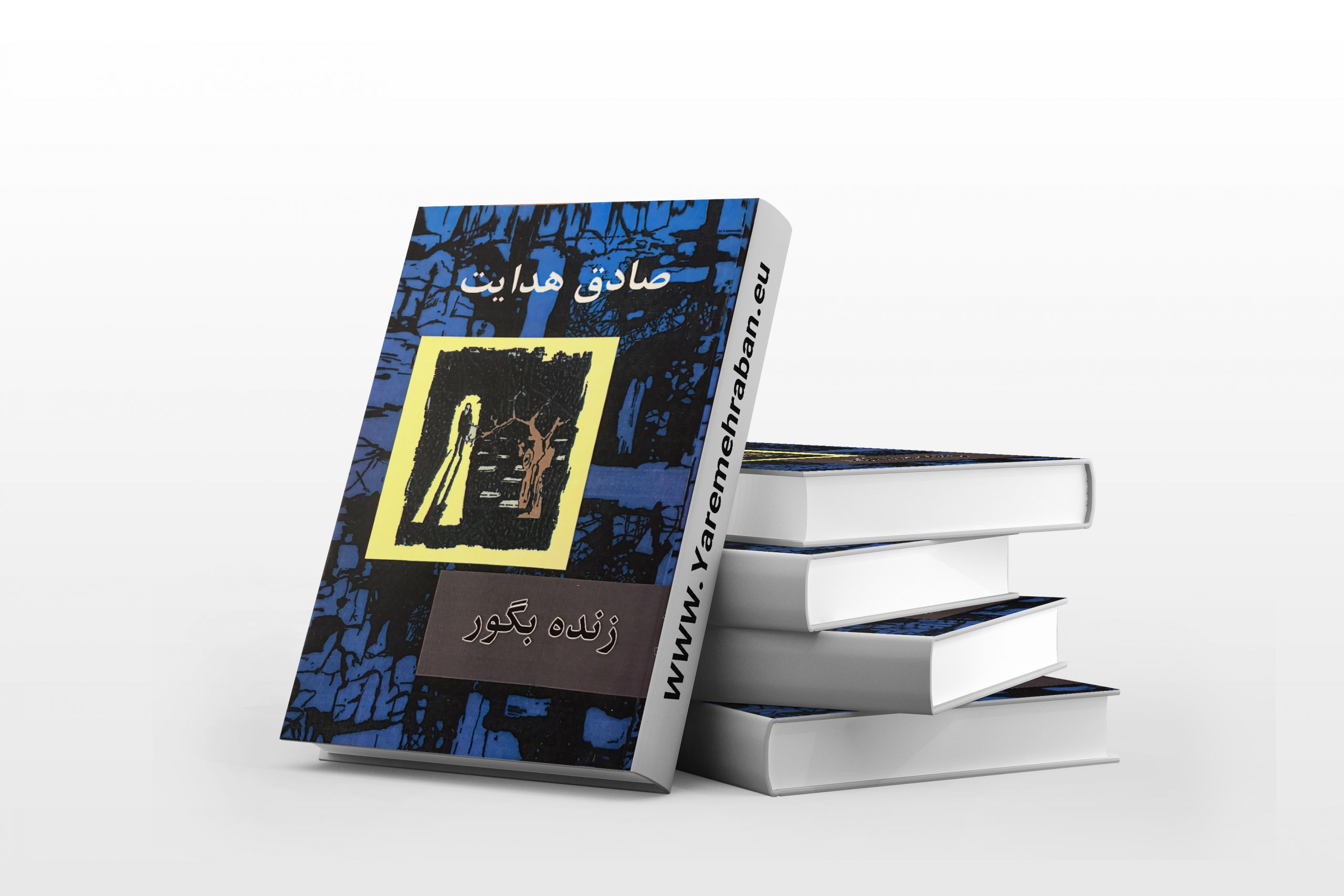
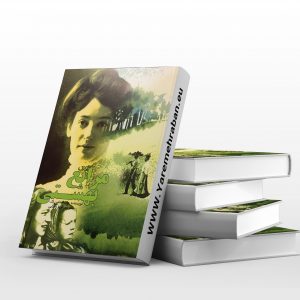

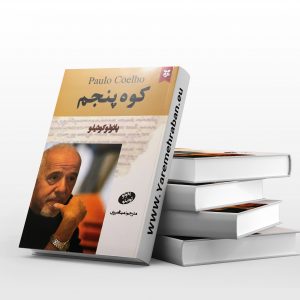
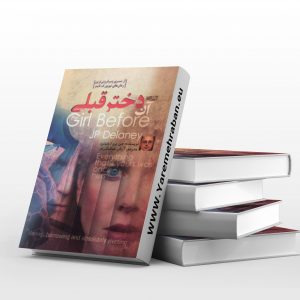
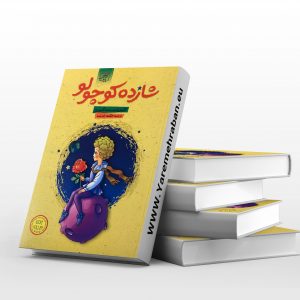


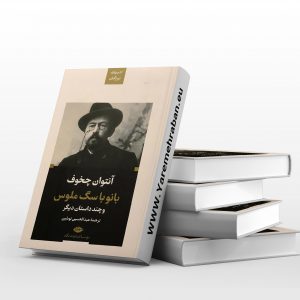

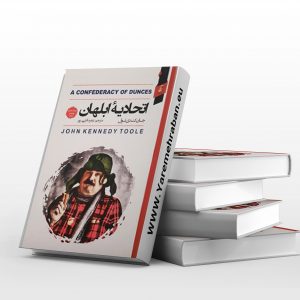
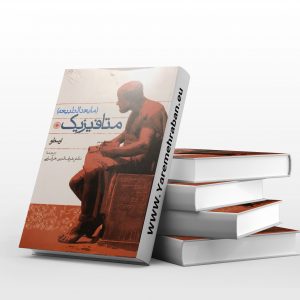

Reviews
There are no reviews yet.